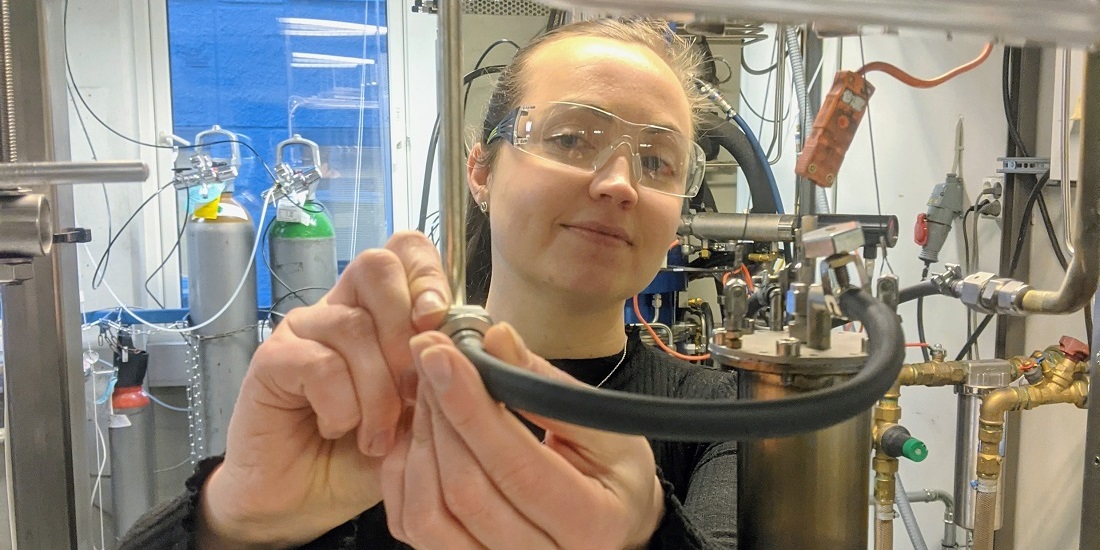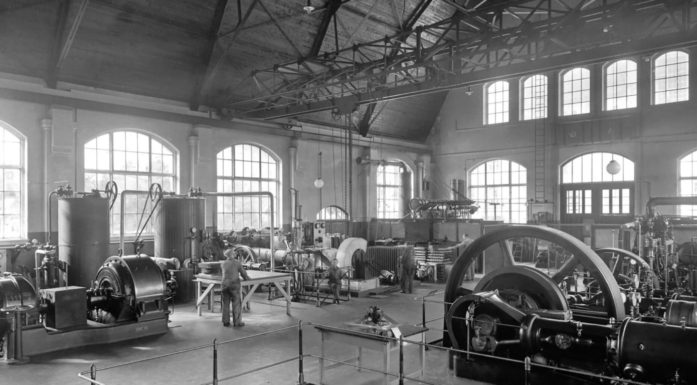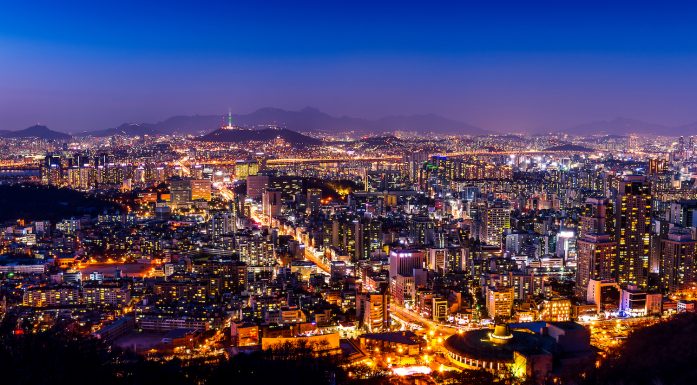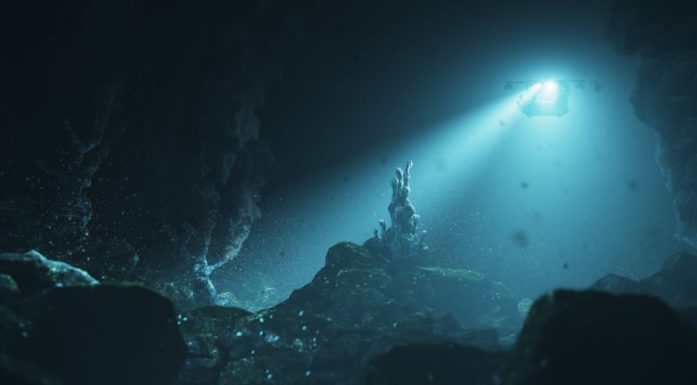Right ore choice may create lower emissions
Metal production generates considerable emissions of greenhouse gases. But the type of ore used in production can make a big difference.
In Norway, metal production accounts for around 10 per cent of greenhouse gas emissions.
“To help achieve climate goals, the metal industry needs to lower its emissions,” says Trine Asklund Larssen, who recently received her doctorate at NTNU for her work with manganese ore.
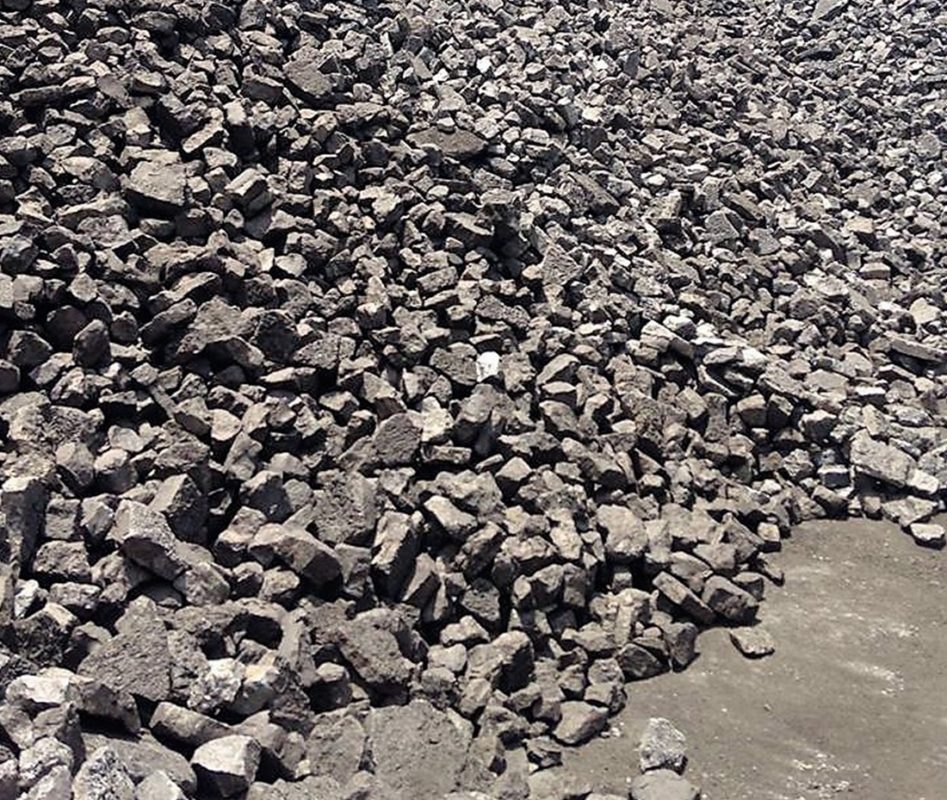
To most of us, all types of ore look more or less the same. But that’s not the case. Photo: Trine Asklund Larssen, NTNU / SINTEF
Norwegian metal production is already among the cleanest that exists and will get even cleaner in the future. The many measures include looking at the production impacts of different types of ore.
“One of the types of metals we produce in Norway are alloys that contain manganese metal, says Larssen.
Alloys are mixtures of various metals that are used in many different applications. The manganese alloys produced in Norway are mostly used as components in producing steel. They make the steel strong and hard. Norway exports nearly all of this production.
- You might also like: Norwegian iron helped build Iron Age Europe
Comparing two types of ore
“I investigated two types of manganese ore – Comilog from Gabon and Nchwaning from South Africa – to find out big the greenhouse gas emissions are during metal production.
Manganese production takes place in large furnaces, where manganese ore and carbon in the form of coke are added and heated.
“The raw materials are fed from the top of the furnace and gravity causes them to move downwards. Electrical energy is supplied via electrodes, which means that the temperature at the bottom of the furnace is very high,” Larssen explains.
As the raw materials move down into the furnace, they melt together into what we call slag. At the very bottom of the furnace, the slag reacts with carbon and produces metal.
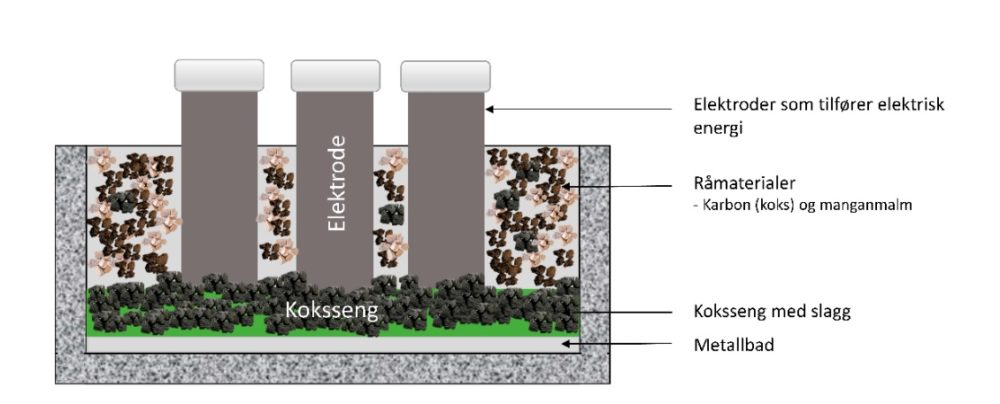
The illustration shows a furnace that produces manganese alloys. Illustration: Trine Asklund Larssen, NTNU / SINTEF
A few reactions are key
“A lot of reactions happen in the furnace, but a few of them have a big impact on energy consumption and CO2 emissions. Certain reactions between the ore and the gas found in the furnace are particularly important,” Larssen says.
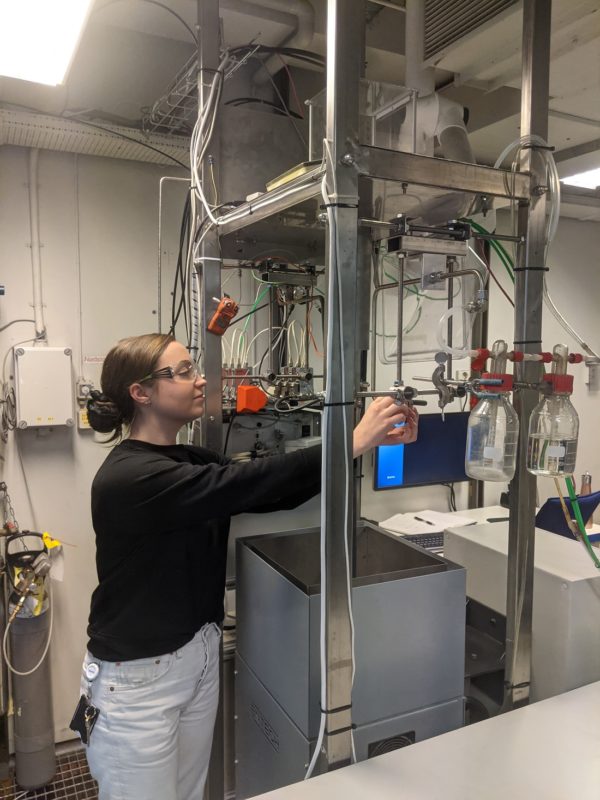
There are a lot of reactions in the stove, but only a few have a big impact on energy consumption and emissions, Trine Asklund Larssen says. Photo: Vincent Canaguier, SINTEF
The gas in the furnace is largely a mixture of carbon dioxide (CO2) and carbon monoxide (CO). Larssen was able to imitate the processes that take place in the furnace on a smaller scale in the laboratory to see how different heat, gas content, types and size of ore and several other factors affect the emissions.
“We found that the two different types of ore behaved very differently when they were heated. They underwent various reactions, which proceeded at different temperatures and speeds and resulted in differing energy consumption between the two ores. The two ores also create different types of exhaust gases when they’re used in manganese production,” says Larssen.
- You might also like: The enigma of Norwegian iron production
One type cleaner than the other
In general, Nchwaning ore produces higher greenhouse gas emissions and higher energy consumption compared to Comilog ore. The gas produced using Nchwaning ore also contains more energy, which reflects higher energy consumption in the furnace.
“For both ores, energy consumption and greenhouse gas emissions are lower if the ore used is a smaller size,” says Larssen.
The size of the ore is thus another factor. The study results could contribute to the sector being able to reduce emissions further.
Choosing ore for production involves taking many considerations into account. These include energy consumption and greenhouse gas emissions, but also the product composition and last but not least production safety. In general, the industry needs to use a mixture of different ores to meet these requirements.
Larssen carried out her doctoral project as part of the HighEFF research centre. HighEFF consists of partners from many different industries, with the primary objectives being to increase energy efficiency and reduce greenhouse gas emissions.
Source: Larssen, Trine Asklund. Prereduction of Comilog- and Nchwaning ore. https://ntnuopen.ntnu.no/ntnu-xmlui/handle/11250/2722706
